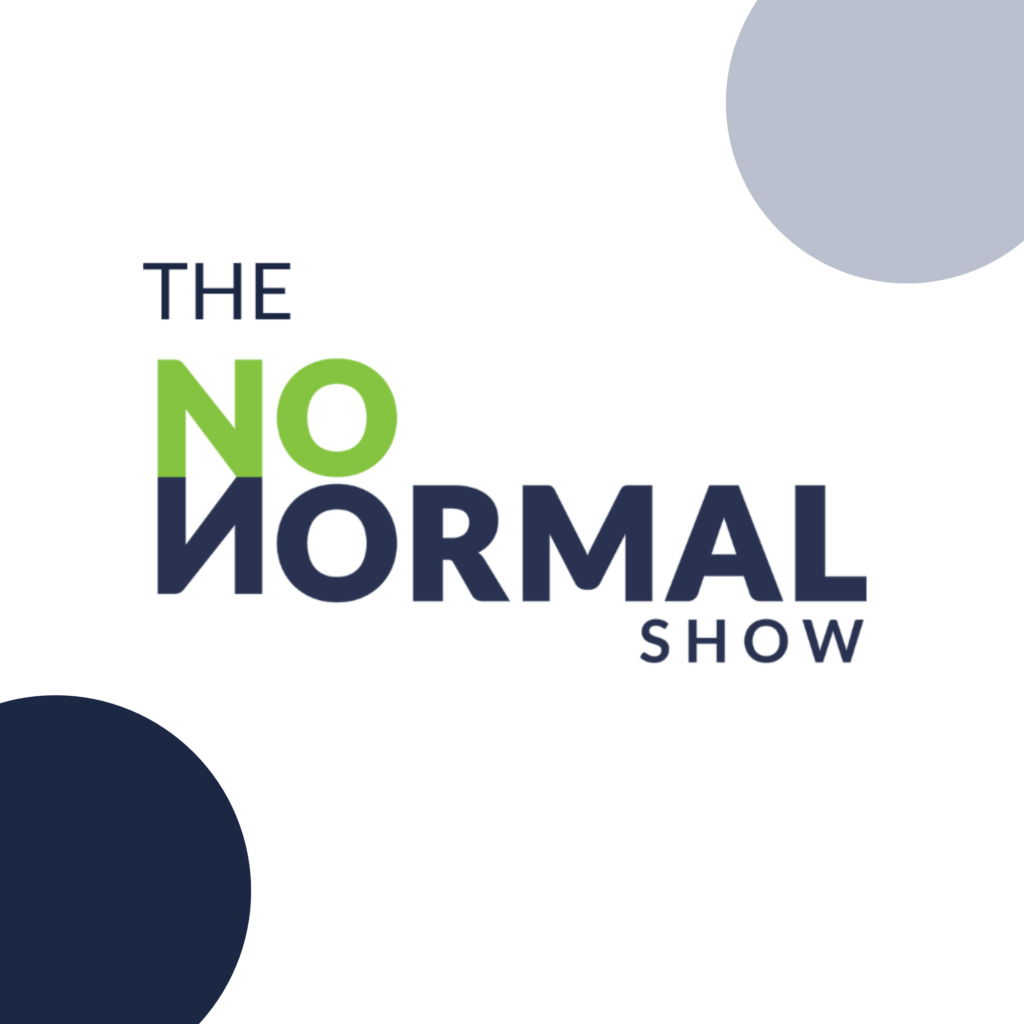Are You Being Brave with AI?
We’re peeling back the layers of today’s generative AI hype and cut to what really matters for healthcare marketers and leaders: where the technology is actually making an impact — and where it’s becoming part of the problem.
Workslop Is a Symptom. But the Problem Is Bigger.
Using AI in work proves to be beneficial in many ways. However, there are use cases where the use of AI does quite the opposite in benefiting us. Enter AI work-slop. “AI Work-slop”, which the Harvard Business Review mentions in a recent article. It’s labeled as the term for the flood of low-value, AI-generated content that’s showing up in marketing inboxes, media campaigns, and digital health tools everywhere. What we’re seeing is that many brands are generating massive volumes of templated content, mistaking speed for strategy.
But the core issue goes beyond bad copy and less intentional messaging. It’s a failure of imagination. AI is not a shortcut to mediocre marketing. It’s a catalyst for groundbreaking ideas, smarter segmentation, real-time optimization, and consumer engagement that can change behavior and lives. The stakes in healthcare are too high to play small. Consumers are overwhelmed, skeptical, and increasingly making decisions based on value, convenience, and trust. If your AI output is generic, so is your brand.
AI Can’t Fix What Your Strategy Ignores
AI should be a force multiplier. But multiply what? If your marketing lacks focus, insight, or purpose, AI will just scale the noise rather than give your work better clarity and efficiency. And that’s the danger: mistaking “doing more” for “doing better.”
To use AI well, you need:
- A clear brand purpose rooted in consumer value
- Data that goes beyond demographics — behavior, beliefs, barriers
- A strategic commitment to balance doing better and doing more
The smartest health brands are getting there, or are already there. They’re using AI to:
- Map and predict consumer health journeys
- Personalize content and media in real-time
- Improve health equity through language localization and access tools
- Accelerate performance feedback loops that optimize creative based on outcomes
That’s what transformation looks like when you use AI.
Using the Einstein-O-Meter to Measure Einstein Thinking
Not all AI is created equal. Some applications are truly transformational. Others? They’re just dressed-up automation.
The Einstein-O-Meter — a scale coined on The No Normal Show to measure how game-changing an AI use case really is and how much it reflects Einstein thinking. Not how flashy it looks. Not how many headlines it earns. But how far it pushes the boundaries of what’s possible. Good ( examples of Einstein thinking are Nike’s “Never Done Evolving” campaign and the Genius Group’s AI Chief Officer. Both pushed boundaries and informed us on what AI can do now and in the future.
It’s Time to Cross the Einstein Divide
If your AI initiatives aren’t pushing boundaries, they’re reinforcing them. Einstein thinking is call-to-action to think bigger. To stop using AI as a shortcut and start using it as a launchpad. In a future shaped by intelligence, creativity, and speed, only the brave brands will lead. So, ask yourself: Are you simply keeping up with AI, or are you using it to create the future? This question will define which healthcare brands win tomorrow.
Our blog, The Einstein Divide, is available on our website. Be on the lookout for our official report, coming out soon.
Read the transcript here
